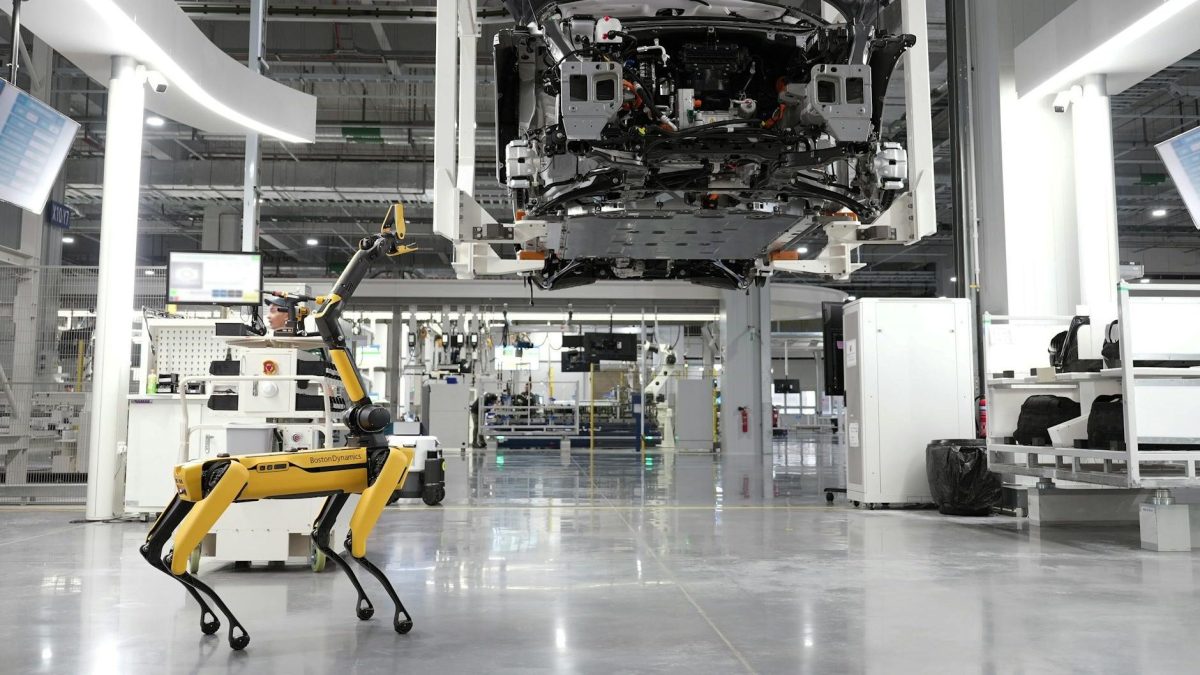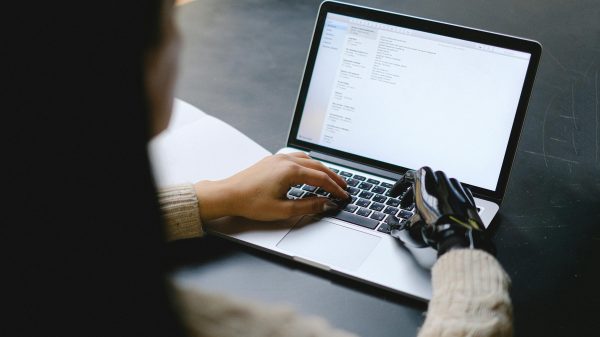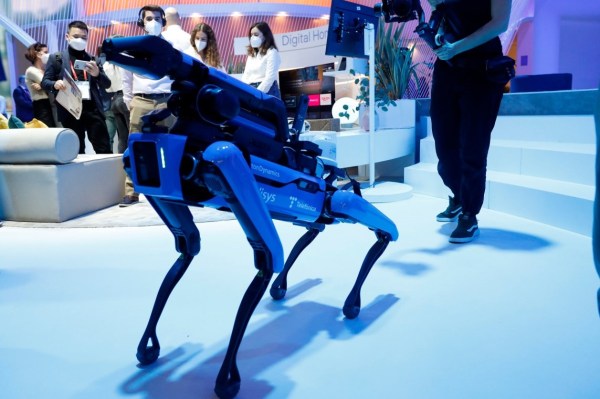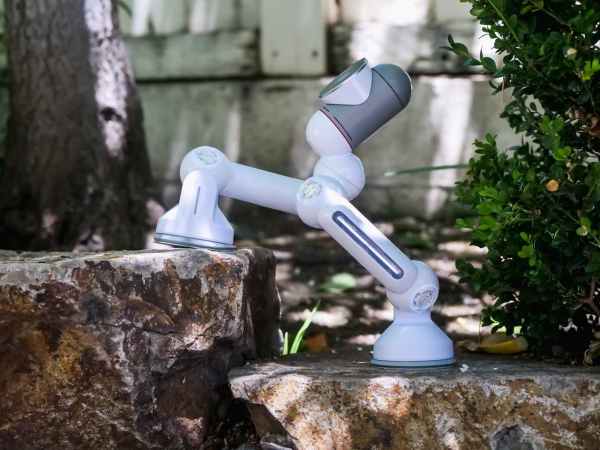However, while it is true that AI has driven robotics significantly, not all advances in robotics rely exclusively on artificial intelligence. As new capabilities emerge, we face dilemmas, expectations and, of course, perceptions influenced by movies and popular culture.
The myth of the humanoid robot
Hollywood’s depiction of humanoid robots has shaped our perception of what machines of the future should look like. However, the focus on creating robots that resemble humans is more a matter of satisfying our aesthetic sense than operational efficiency. Many of today’s most advanced robots have been designed with specific shapes to maximize their functionality. For example, robots used in agriculture and construction move away from humanoid design, as they aim to optimize efficiency in specific tasks.
Relationship between robotics and artificial intelligence
It is important to emphasize that, although AI can endow robots with cognitive capabilities, robotics focuses on creating physical systems capable of moving and executing instructions to accomplish specific tasks. In fact, many of the advances in robotics have to do with mechanical design, engineering and programming, aspects that do not necessarily rely on artificial intelligence.
Recent advances in robotics with AI
Market-leading companies have been integrating advanced computer vision models and large AI language models (LLMs) into their robots. These robots can now navigate real-world environments, interpreting and responding to contextual instructions. For example, a robot could guide a person to a place to draw, demonstrating navigational skills beyond simple programmed commands.
Moreover, these advances are not just limited to domestic robots that can prepare drinks or serve food. Industrial robots are performing heavy and risky tasks such as picking produce in high-temperature fields, building in harsh environments, or sorting products, tasks that would be arduous and “not so high-paying” for humans.
AI-driven cognitive capabilities.
Recent advances in artificial intelligence have enabled robots to acquire cognitive abilities that bring them closer to a richer understanding of the environment and the tasks they must perform. These capabilities include:
- Optical Character Recognition (OCR): improvements in OCR models have been instrumental in enabling robots to identify and read text, labels or signs in real time, which is essential in logistics, warehousing or even customer service tasks. Robots in factories and warehouses can scan product labels, read QR codes or even interpret written instructions, all thanks to advances in AI.
- Natural Language Models: Advances in language models allow robots to understand and respond consistently to complex and even ambiguous commands. For example, by using advanced language processing models, a robot can receive an instruction such as “Take me to the place where I can write” and, with sufficient context, guide the user to a specific area equipped with a whiteboard.
- Machine Learning Methods for Classification: AI has also advanced in the field of classification, allowing robots to distinguish between different objects, identify defects in products or perform rapid analysis of complex situations. This becomes especially useful in industrial and manufacturing tasks, where robots can be trained to classify agricultural products or inspect construction materials.
The challenge of mobility in robotics
However, while AI improves cognitive skills, the real challenge in robotics remains mobility. This is where mechanical engineering and design come into play, areas that focus on developing physical systems capable of moving precisely and effectively. Robot mobility involves solving problems of physics, structural design and motion control that go beyond cognitive abilities.
Mechanical design and mobility
To achieve efficient mobility, engineers have developed robots with specific physical configurations, moving away from the humanoid figure. For example, in the agricultural sector, robots with shapes similar to small autonomous vehicles or articulated arms are used, optimized for harvesting or sorting produce over long working days. These robots do not rely solely on AI algorithms, but on advanced suspension systems, gears and sensors that facilitate mobility in difficult terrain or industrial environments.
Motion science and physical execution
A robot’s ability to execute physical tasks depends on the development of kinematic and dynamic models that control its movements. Here, robotics becomes a discipline that combines mathematics, physics and engineering. Robots used in construction or mining, for example, must be robust enough to perform tasks that require strength, precision and endurance, such as moving debris or handling heavy tools.
Automation is not a threat, but an opportunity
The history of technology has shown that every breakthrough provokes fears and doubts, but it also generates new opportunities. The printing press, for example, automated the process of manually copying books, which led to the creation of an ecosystem of printers, publishers and distributors. The same is true today with robots: by automating heavy or repetitive tasks, they open up a range of opportunities for humans to focus on tasks that add greater value.
Conclusion
It is essential that we move forward with technology and embrace these changes with critical thinking. The combination of robots and AI allows us to reach new frontiers in automation and efficiency, not to replace humans, but to create new ecosystems where we can leverage our skills more strategically and creatively. It is about evolving along with the











